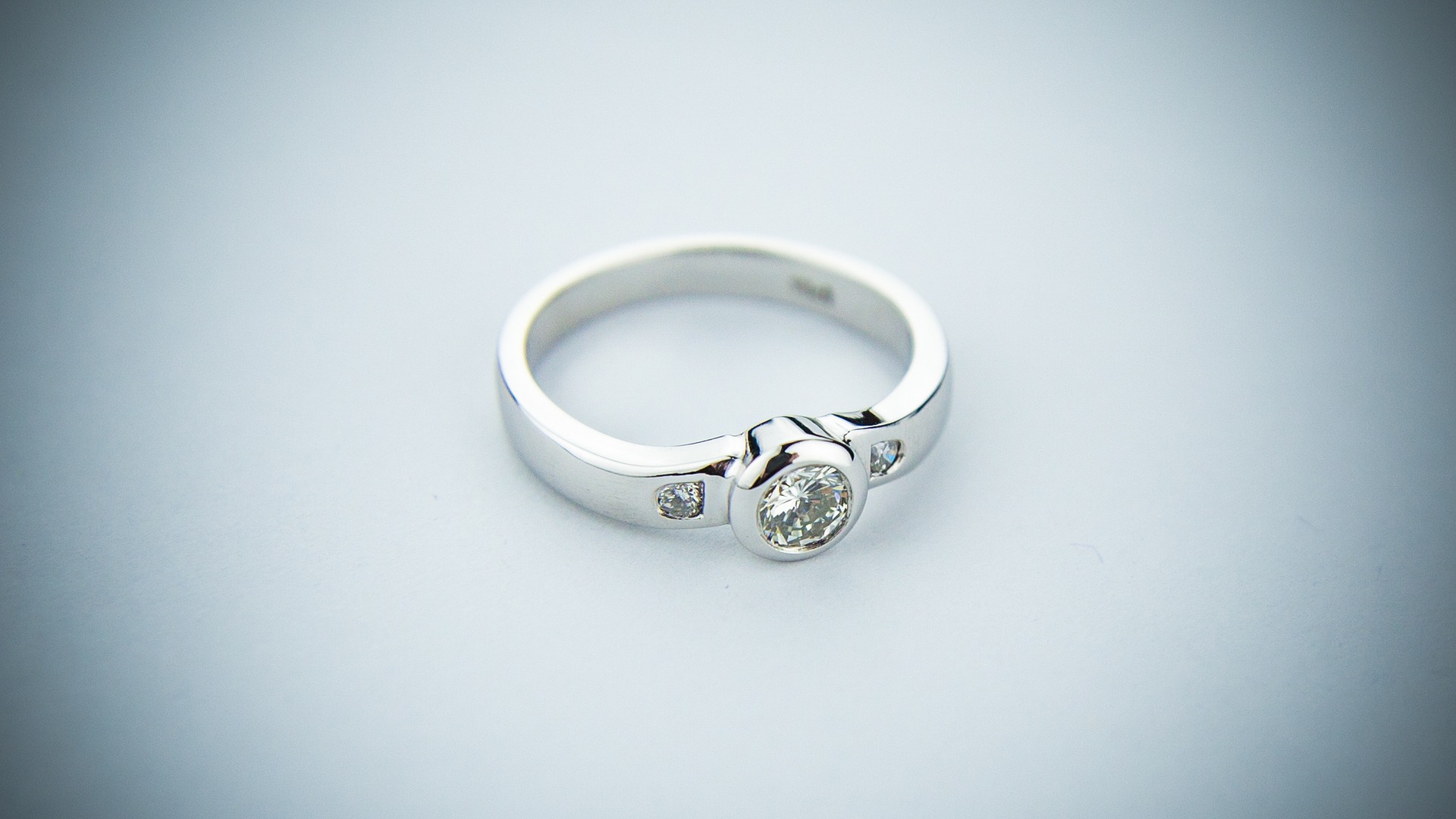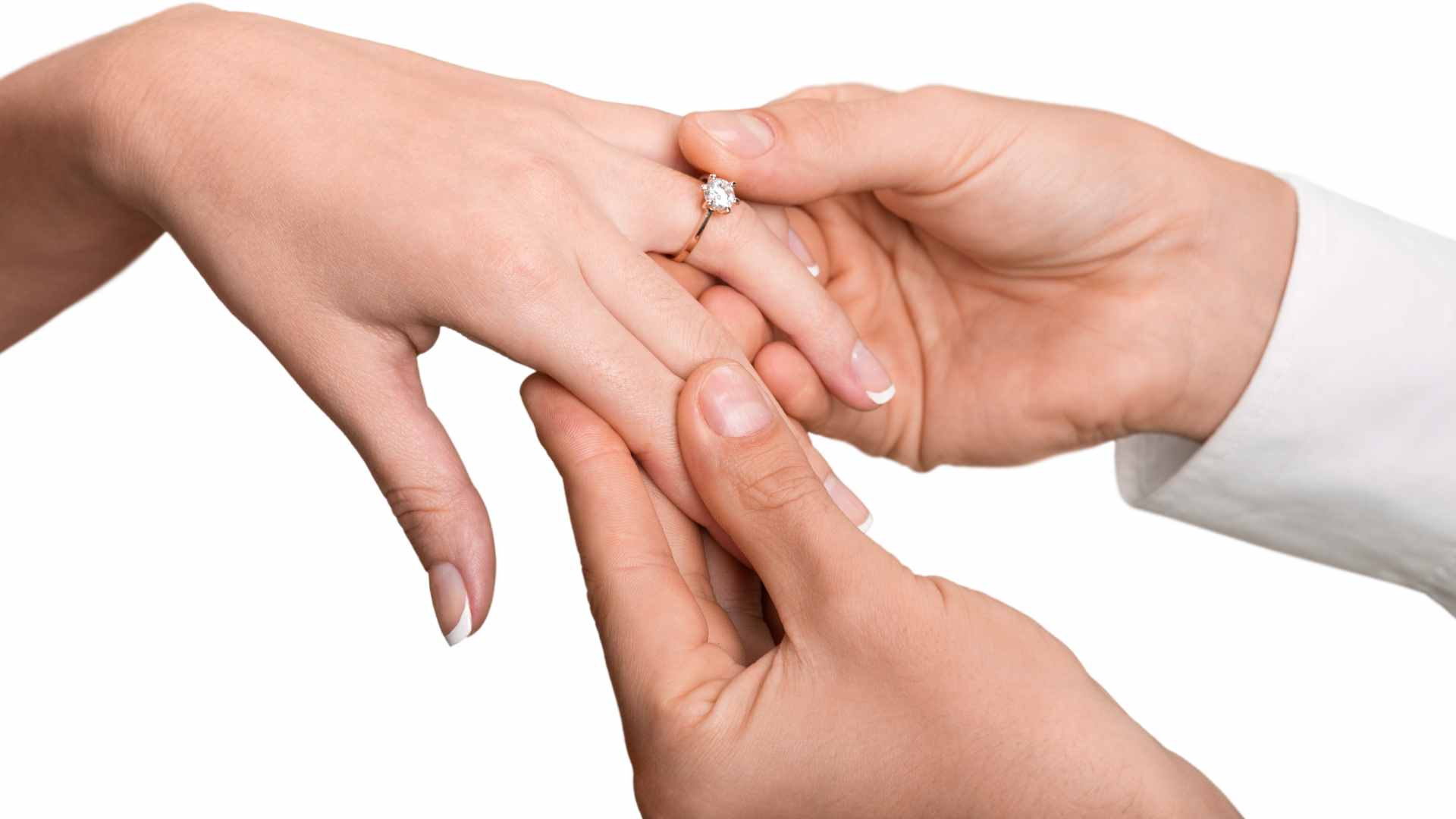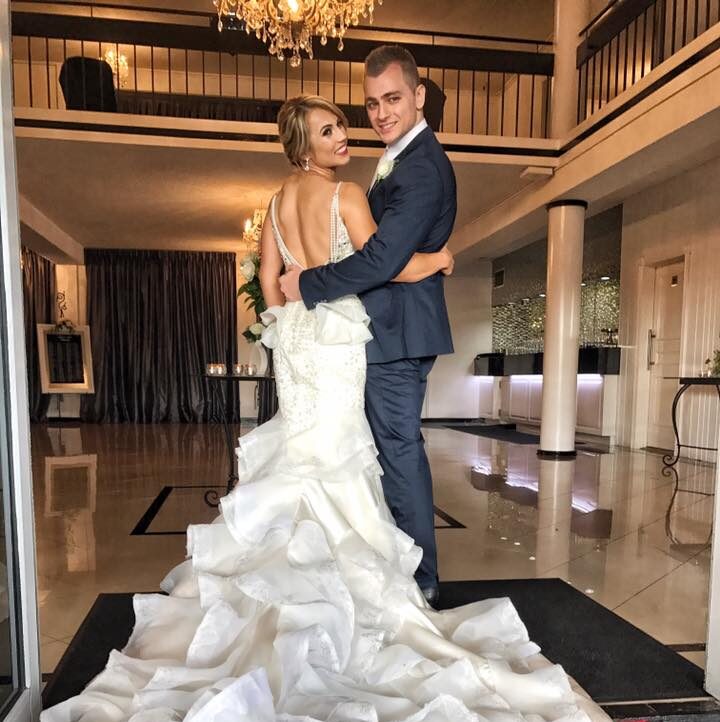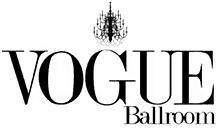When I got engaged, one of the first things people asked me was, “How much did the ring cost?” It’s a question that seems to follow every engagement story, and let’s face it – the pressure can be overwhelming. From the “two months’ salary” rule to the endless options available, choosing the right engagement ring isn’t just about picking a beautiful piece of jewellery – it’s about setting a budget that makes sense for you and your partner.
There are no one-size-fits-all answers when it comes to engagement ring prices, and I’ve seen couples navigate this decision in all sorts of ways. Some focus on the diamond’s size and quality, while others prioritise the design or the metal. The trick is to approach it with financial responsibility in mind, balancing your desires with what makes sense for your future together.
In this guide, I’ll walk you through the most important factors to consider when determining how much to spend on an engagement ring. We’ll dive into the myths around ring prices, look at average costs, and explore tips for setting a budget that fits your unique financial situation. Whether you’re looking for a sparkler that fits your style or a budget-friendly option that doesn’t compromise on meaning, this guide will help you make an informed, confident decision. Let’s get started!
Understanding the Average Engagement Ring Price: What’s Realistic for You?
What do most people actually spend on an engagement ring, and how can you use this information to figure out what works for your situation?
National Averages and Regional Variations in Engagement Ring Prices
Looking at average costs can help guide you, but don’t get too caught up in trying to match these figures. According to data from the U.S. market, the average price of an engagement ring in 2024 hovers around $6,000. Some couples, however, spend considerably less, ranging from $2,000 to $4,000. It’s important to note that these figures are averages, which means many people are spending outside these ranges based on their individual circumstances.
One thing to consider is regional differences. When I helped a couple from Melbourne find their perfect engagement ring, they were planning for an average spend of $4,000. However, I’ve also worked with couples in areas with a higher cost of living, like Sydney, who were comfortable spending much more. In places like California or New York, I’ve seen couples regularly spend $9,000 or even $15,000 on their rings, but this is often influenced by the local economy, available resources, and the couple’s lifestyle.
How to Determine What’s a Reasonable Price for Your Situation
Here’s where it’s time to get practical: how do you actually set your budget? The truth is, there’s no one-size-fits-all. Your engagement ring price should be guided by your personal finances, not societal expectations. Consider the following steps when determining your budget:
- Assess Your Finances: Take a close look at your income, savings, and existing debts. How much can you comfortably allocate to an engagement ring without affecting other priorities like your wedding, future home, or savings goals?
- Consider Lifestyle Factors: Is your partner’s job or lifestyle likely to require something durable, like a more rugged metal or a more intricate design? This can influence your decision.
- Think About Long-Term Financial Goals: Setting a reasonable engagement ring budget should never jeopardise your future financial goals. The ring is a symbol of your love, not a measure of your financial worth.
Setting a budget is about finding balance. Don’t focus on what others are spending—focus on what’s comfortable for you.
Key Factors That Affect Engagement Ring Prices: What to Know Before You Shop
When it comes to engagement rings, the price can vary significantly depending on a range of factors. It’s not just about the size of the diamond; other considerations like the metal used, the ring design, and even the brand you choose can all contribute to the final price. Having an understanding of these factors will help you make an informed decision and avoid overspending.
The 4 Cs of Diamonds: Cut, Clarity, Colour, and Carat Weight
The most important factor influencing the price of a diamond is its quality, which is determined by the 4 Cs: Cut, Clarity, Colour, and Carat weight. Let me break down each one for you:
- Cut: The cut is perhaps the most important factor when it comes to the beauty and sparkle of the diamond. A well-cut diamond reflects light beautifully, making it shine more than a poorly cut one. This often has a bigger impact on a diamond’s appearance than its size. A higher-quality cut can elevate the look of a smaller diamond, making it appear more brilliant. When I worked with a couple recently, they opted for a smaller diamond with a better cut, and it sparkled just as much—if not more—than a larger, lower-quality diamond.
- Clarity: Clarity refers to the presence of imperfections, or inclusions, in the diamond. The fewer the flaws, the higher the price. However, many inclusions are microscopic and won’t be visible to the naked eye. For most couples, a diamond with minor inclusions—such as an SI1 or SI2 clarity grade—is usually sufficient. In fact, I’ve helped many couples find beautiful diamonds that have small inclusions that are almost impossible to spot without magnification.
- Colour: Diamond colour is graded on a scale from D (colourless) to Z (light yellow or brown). The closer to D, the rarer and more expensive the diamond. However, diamonds with a slight yellow tint can still look stunning, especially when set in yellow or rose gold. When I was helping a couple in Sydney select their diamond, they chose a G-grade diamond, which was both beautiful and budget-friendly.
- Carat Weight: Carat refers to the size of the diamond. Generally, the larger the diamond, the more expensive it will be. However, many people don’t realise that diamonds just shy of full carat weights (for example, 0.90ct instead of 1.00ct) can be much more affordable while still looking large enough to make an impact. This is where a little strategic thinking can really save you money without sacrificing style. When I helped a couple set their budget in Melbourne, they saved several thousand dollars by going just under the full carat weight.
How Ring Design and Metal Choices Influence Your Budget
Once you’ve decided on the diamond, the next big factor to consider is the ring setting. Some designs cost more because of their complexity. For example, a classic solitaire ring is relatively simple and usually less expensive than a more intricate design with multiple smaller diamonds or unique settings like pavé. If you’re working within a budget, I always recommend choosing a simpler setting to keep the costs down without compromising on beauty. A timeless solitaire setting with a high-quality diamond can be just as stunning as a more elaborate one.
The Metal Choice: The type of metal used for the band also significantly affects the price. Platinum is the most expensive option, known for its durability and weight. Gold is more affordable, with white gold generally being slightly more expensive than yellow gold. For those on a tighter budget, silver or palladium are also viable options. Over the years, I’ve seen many couples choose white gold for its elegant look without the hefty price tag of platinum.
If you’re aiming for an affordable but still durable option, rose gold has become quite popular recently. It’s not only stylish, but it also tends to be more affordable than platinum. When I helped a couple in Brisbane choose their engagement ring, they opted for a beautiful rose gold setting, which added a unique touch and helped them stay within their budget.
Brand and Retailer: Impact on the Price Tag
The brand you choose can also affect the price of your engagement ring. Designer brands like Tiffany & Co. or Harry Winston charge a premium for their name and reputation. While their rings are undeniably beautiful, the price is often significantly marked up due to the brand value. On the other hand, independent jewellers or online retailers can often offer similar quality diamonds and settings at a fraction of the cost.
When I helped a couple in Melbourne shop for their engagement ring, they were torn between a high-end designer brand and a local jeweller. After comparing the two, they realised that the local jeweller offered a similar ring with better quality diamonds at a much more reasonable price. Not only did they get more for their money, but they also felt good supporting a local business.
Additional Stones and Customisation: How They Impact Your Budget
Some engagement rings feature side stones or intricate designs with pavé diamonds. These can significantly increase the cost of the ring, as they involve more labor and additional diamonds. If you’re on a tight budget, consider a solitaire design—a single stone that still delivers an elegant and timeless look.
Another option that might appeal to you is customisation. Custom rings are beautiful because they can be designed to your exact specifications, but they can also come with a premium price tag. When I worked with a couple in Sydney who had a clear vision for their ring, they chose a custom design. While it was more expensive than a pre-made ring, it was exactly what they wanted and felt much more meaningful.
Setting Your Engagement Ring Budget: How to Plan Wisely
Setting a realistic engagement ring budget is one of the most important decisions you’ll make during the ring-buying process. While it’s tempting to get carried away with the excitement of it all, a clear understanding of your finances is essential. This decision isn’t just about the price of the ring—it’s about making sure you’re not compromising your future financial stability for the sake of a single purchase. Having been part of numerous wedding and engagement consultations, I can tell you that financial stress can cast a shadow over what should be one of the happiest moments in your life.
Determine a Comfortable Spending Range for Your Engagement Ring
Once you’ve taken stock of your finances, the next step is to determine a comfortable spending range. This range should feel like a stretch, but not an overwhelming burden. While it’s important to allow for some flexibility in your budget, you should never sacrifice your financial well-being for the sake of a ring.
A useful tip that I often share with couples is to think about your monthly expenses and how much you can comfortably set aside for this purchase over the next several months. For example, if you set aside $500 a month for six months, you could have a $3,000 ring budget, or more if you’re able to save faster. If you’re able to save more aggressively, you could stretch that to a higher price range. However, avoid stretching yourself to the point of taking on debt or using credit cards with high interest rates.
Also, take into account any additional costs that might come up during the process. For example, custom designs may come with extra charges, and if you plan to insure the ring, that’s an additional cost you should consider. I had a couple once who wanted to go all out on their ring but neglected to factor in insurance and maintenance costs. They were shocked when I pointed out these additional expenses, which, while relatively small, added up to a significant sum over time.
Consider Lifestyle Factors: Does Your Partner Need a Durable Ring?
An often-overlooked aspect when setting your budget is how your partner’s lifestyle might influence the durability of the ring. If your partner is active in sports or manual work, for example, a platinum or gold band may wear down faster than a more durable metal like titanium or palladium. These metals are not only strong, but they tend to cost less than platinum and are still visually appealing.
I remember working with a couple in Melbourne where the partner had an active job in construction. They chose a titanium band for durability, which reduced their overall budget while still looking stylish. Meanwhile, another couple I helped in Brisbane opted for a simple yellow gold band for a classic look, keeping it within their budget. It all comes down to personal needs and preferences, and understanding these needs can help you make a more informed and practical decision.
Maximizing Value: How to Get the Best Engagement Ring Without Overpaying
When you’re on the hunt for an engagement ring, it’s easy to get caught up in the sparkle and grandeur, thinking that a bigger diamond or a more expensive ring equals more love. But here’s the truth I’ve learned over the years—bigger isn’t always better, and paying more doesn’t necessarily mean you’re getting more value. In fact, there are several ways you can maximise the value of your engagement ring without overpaying.
Smart Shopping: Prioritising the 4 Cs for the Best Value
As we’ve discussed earlier, the 4 Cs—Cut, Clarity, Color, and Carat weight—are essential when evaluating a diamond. But here’s the trick: you don’t have to go for the highest grade in every category to get a beautiful ring. Instead, focus on the factors that matter most to you and your partner. This strategy can help you maximise the value of your budget and still end up with a stunning ring.
For example, when I worked with a couple from Melbourne, they were initially planning to spend a large sum on a diamond with perfect clarity. However, after some discussion, they realised that cut was what truly mattered to them. They opted for a slightly smaller diamond with a high-quality cut, which enhanced the diamond’s sparkle without going over budget. This approach allowed them to spend less while still getting a ring that dazzled.
Choosing Lab-Grown Diamonds: A Budget-Friendly Alternative
If you’re open to exploring alternatives to natural diamonds, lab-grown diamonds offer a fantastic opportunity to save money. Lab-grown diamonds are chemically and physically identical to natural diamonds but tend to cost about 30-40% less. I’ve helped many couples choose lab-grown diamonds, and they’ve been amazed at how much they could save without compromising on the quality or appearance of the stone. For example, a one-carat lab-grown diamond may cost $2,500, compared to a $4,000 price tag for a natural diamond of the same size and quality.
Lab-grown diamonds are also an excellent option if you’re looking for a more ethically sourced stone. They don’t carry the same concerns about conflict diamonds, and many couples find peace of mind knowing their purchase is more environmentally friendly. If you’re on a budget but still want that traditional diamond look, lab-grown diamonds could be the perfect solution.
Exploring Alternative Gemstones: Beautiful and Affordable Options
Diamonds are the go-to stone for engagement rings, but they’re not the only option. Consider choosing an alternative gemstone like moissanite, sapphire, emerald, or even ruby. These gemstones are stunning, unique, and often more affordable than diamonds, especially when it comes to larger stones.
I once worked with a couple in Brisbane who opted for a sapphire engagement ring, which they absolutely loved. Not only did it stand out from the crowd, but the price was much more affordable than a comparable diamond. Sapphires also come in a range of stunning colours, including blue, pink, and even yellow, so you have plenty of options to find a stone that fits your partner’s style.
Choosing a Simpler Setting: Less Can Be More
Another strategy to save money is to opt for a simpler ring setting. While intricate designs with side stones or pavé settings are beautiful, they can significantly increase the cost of your engagement ring. For couples on a budget, I always recommend starting with a solitaire setting—a timeless, elegant choice that highlights the beauty of the diamond or gemstone.
I helped a couple in Melbourne who had a budget of $3,000, and they chose a solitaire setting with a smaller, well-cut diamond. The result? A beautiful ring that was both stunning and affordable. The key takeaway here is that the right setting can elevate a smaller stone, so don’t feel pressured to go for an elaborate design if it doesn’t fit your budget.
Buy Pre-set Rings: Great Deals for Quick Turnaround
If you’re looking for a quicker turnaround or simply want to avoid the hassle of customisation, consider buying a pre-set ring. These rings come in standard designs, with a fixed price, and are often priced lower than custom-made rings. Additionally, buying pre-set rings means you can find a variety of beautiful styles that are ready to go, saving you both time and money.
When I helped a couple in Sydney shop for their engagement ring, they found a pre-set ring that matched their style perfectly. It wasn’t a custom design, but they loved the simplicity of the solitaire setting, and it fit their budget beautifully. They were able to get the ring quickly and still felt like they’d found the perfect piece.
Shop Around and Compare Prices: Online Retailers Offer Great Savings
Finally, one of the best ways to get a great deal is to shop around and compare prices. Don’t just settle for the first jeweller you visit. Today, online retailers often offer much more competitive prices than brick-and-mortar stores, and the selection is vast. By shopping online, you can compare prices across different stores, read reviews, and find great deals without having to leave your home.
I recently worked with a couple in Melbourne who were able to save several thousand dollars by shopping online for their engagement ring. They found an excellent deal with a trusted online retailer and ended up with a stunning ring at a fraction of the price they would have paid in-store. One thing to keep in mind when shopping online is to ensure the retailer offers clear return policies and certification for the diamonds, so you can be confident in your purchase.
How to Find a Ring That Holds Meaning, Not Just Value
When I help couples choose their engagement rings, I always remind them that the ring should reflect their relationship and personal taste, not societal expectations or the price tag. For some, the most important thing might be the craftsmanship, for others, it could be the symbolism behind the stone or setting. There’s no right or wrong answer—what matters is that the ring feels personal to you and your partner.
A great example of this is the couple I worked with in Sydney, who had been together for years before getting engaged. They didn’t want an extravagant ring but wanted something that reflected their journey together. After discussing their story, they decided on a vintage-style ring with a small, ethically sourced diamond. The design was simple but meaningful, and they were both deeply satisfied with their choice. The ring wasn’t the largest, but it was exactly what they both wanted, and the emotional connection was priceless.
When it comes to choosing a ring, it’s easy to fall into the trap of comparing your choices to others, but remember, no ring will ever truly measure up to the love and commitment you share with your partner. The value of the ring lies in its symbolism, not its cost.
That brings us to the end of this guide on engagement ring pricing and buying tips! Remember, choosing the right ring is a personal decision. It should reflect both your love and your financial situation, creating a beautiful and meaningful symbol for the future you’re building together. Take your time, consider your options, and choose a ring that feels right for you. Best of luck on this exciting journey!




